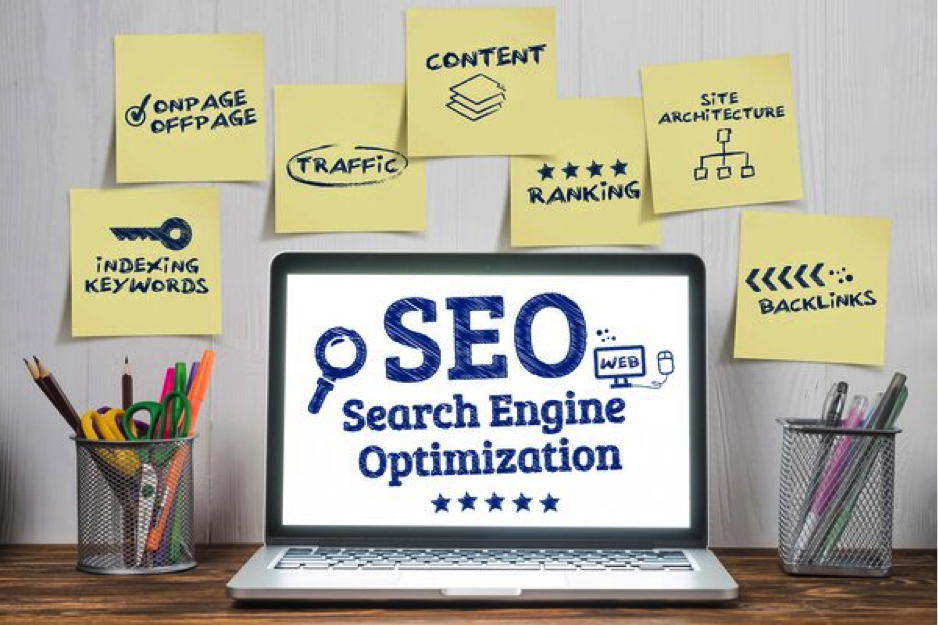What is Bounce Rate and How To Reduce Bounce Rate of Website 2019
Bounce rate is a term used in Internet traffic analysis. Expressed in percentage, it denotes effectiveness of websites in holding visitors for a long time. It reflects the percentage of visits that end on the first page. Visitors apparently clicked back soon after landing on the website. A high bounce rate is a question mark on a performance of sites.
Objective
The term is used to determine the performance of a given website. It shows how the entry pages where visitors clicked in are performing. Low bounce rate is an indication of good performance but there is always a scope for improvement but high bounce rate demands immediate attention as it shows that the site isn’t able to interest the targeted audiences.
What is Bounce Rate and How To Reduce Bounce Rate of Website 2019 | Decrease Bounce Rate
Calculation of Bounce
A website visit is called a bounce when the visitor clicks back from the site without taking a specific action like visiting internal pages. Here it is necessary to mention that every web business defines bounce according to its needs. For instance, an e-commerce site would define bounce as visitors not buying any products.
Following actions are termed bounce when a visitor:
- Clicks the back button
- Closes the browser
- Enters a new URL
- Does nothing
While the first three reasons have action like clicking back and typing new URL, the last one has no action. Here a specific time frame is used to call it a bounce. If the visitor remains on the entry page for 30 minutes without taking any action like clicking on an internal link, the visit is termed bounce.
Acceptable Bounce
No marketing strategy could be perfect and for this reason, marketers keep changing their strategies according to the taste, mood and needs of the targeted audiences. While senior marketing professional could accept a small percentage of bounce rates, the goal should be to achieve 0% rate that is no visitor clicking back without taking the desired action.
Examples of accepted bounce
Contact Us page: This page has no action for visitors but only information to give. Visitors click on contact us page only to get email ids, phone numbers and postal address of a business. Clicking back from this page shouldn’t be counted as bounce.
Privacy Policies/Terms & Conditions/Customer Support: These pages provide specific information and the visitors click back from the pages once they get the desired info.
Blogs/Articles/PRs: Content-based websites get huge traffic but they also have high bounce rate. For blogs, a bounce rate of 90% is acceptable as it works like a reading platform and not an e-commerce site where visitors are offered products. Viewers click on blogs, read content and click back.
One thing that marketers should understand is not every visitor is ready to commit. Achieving 0% bounce rate isn’t possible as you never know how your customers would behave in a given day and time or to an offer. Also there are many technicalities involved in bounce rate calculation. For instance a visitor could accidentally click into a site and then click back. But technically it will be counted as a bounce.
How to Decrease Bounce Rate?
The only way to decrease bounce rate of your site is to improve the performance of the site. Study what is making your visitors to click back from the site and remove those obstacles. According to digital marketing experts, monitoring bounce rate is an ongoing process as it helps in determining the reliability of website and taking measures to boost performance.
Conclusion
Bounce rate isn’t something to fear from but you should take lessons from it. Each bounce is a to your site and if you can understand the feedback, you can strengthen the position of your site to prevent future bounces.




